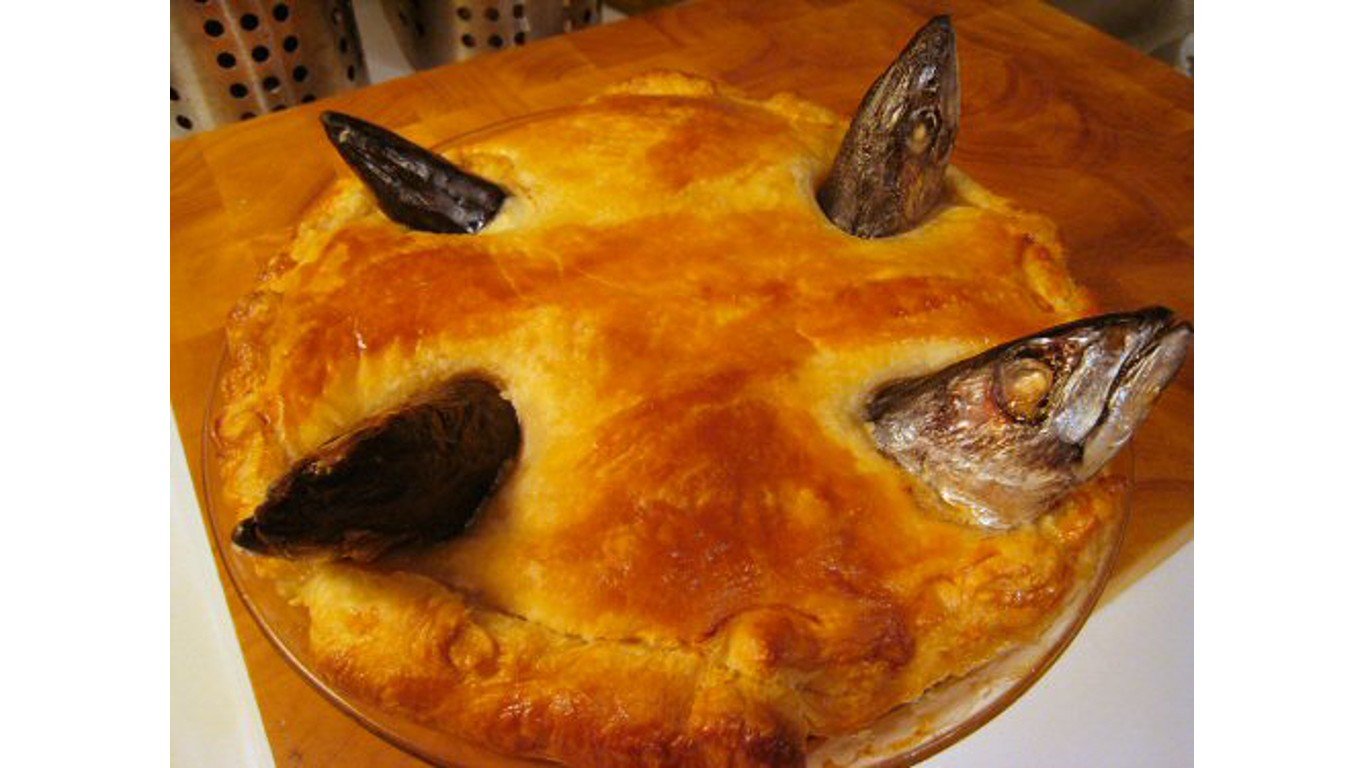Aged black eggs and sea-going worms – these and other delicacies from around the world may seem like they’re only fit for the most fearless gourmands. And some exotic fruits look so strange, you may wonder what ancient hominid was daring enough to first try eating one. However, when confronted with strange-looking foods, it’s best to heed this advice: don’t knock it until you’ve tried it. (The U.S. is home to plenty of weird culinary traditions. These are the strangest foods from every state.)
Often, flavorful foods come in less than appetizing configurations. To determine 25 weird looking foods that taste amazing, 24/7 Tempo consulted numerous culinary sites including Gastro Obscura, selecting the strangest looking raw and prepared foods that are widely considered not only edible but delicious.
Mushrooms, vegetables, and marine creatures can all come in forms whose appearance might not whet the appetite, yet are considered delicacies for good reason. And while the 20-pound, spiky jackfruit might look more suitable as a weapon than a food and the fruit of the salak palm might resemble a curled-up pangolin, they are among the many tropical fruits that have daunting exteriors concealing delightfully aromatic flesh. (Speaking of tropical fruit, did you know that bananas are radioactive, among other surprising food facts?)
Organ meats, otherwise known by the unfortunate homophone “offal,” can look and smell unappetizing to the less adventurous eater, but they are often the most tender parts of an animal. Glands such as lamb pancreas and sea urchin gonads, when prepared by a knowledgeable chef, can provide unforgettable dining experiences – in a good way.

Balut
These hard-boiled, fertilized duck eggs are popular in the Philippines, Vietnam, and other Southeast Asian countries. The fully formed chick – complete with crunchy bones and bits of feather – is reminiscent of soft-shell crab. Although balut may look horrifying, the flavor is as mild as chicken broth, and the large, creamy yolk makes up most of the bite.
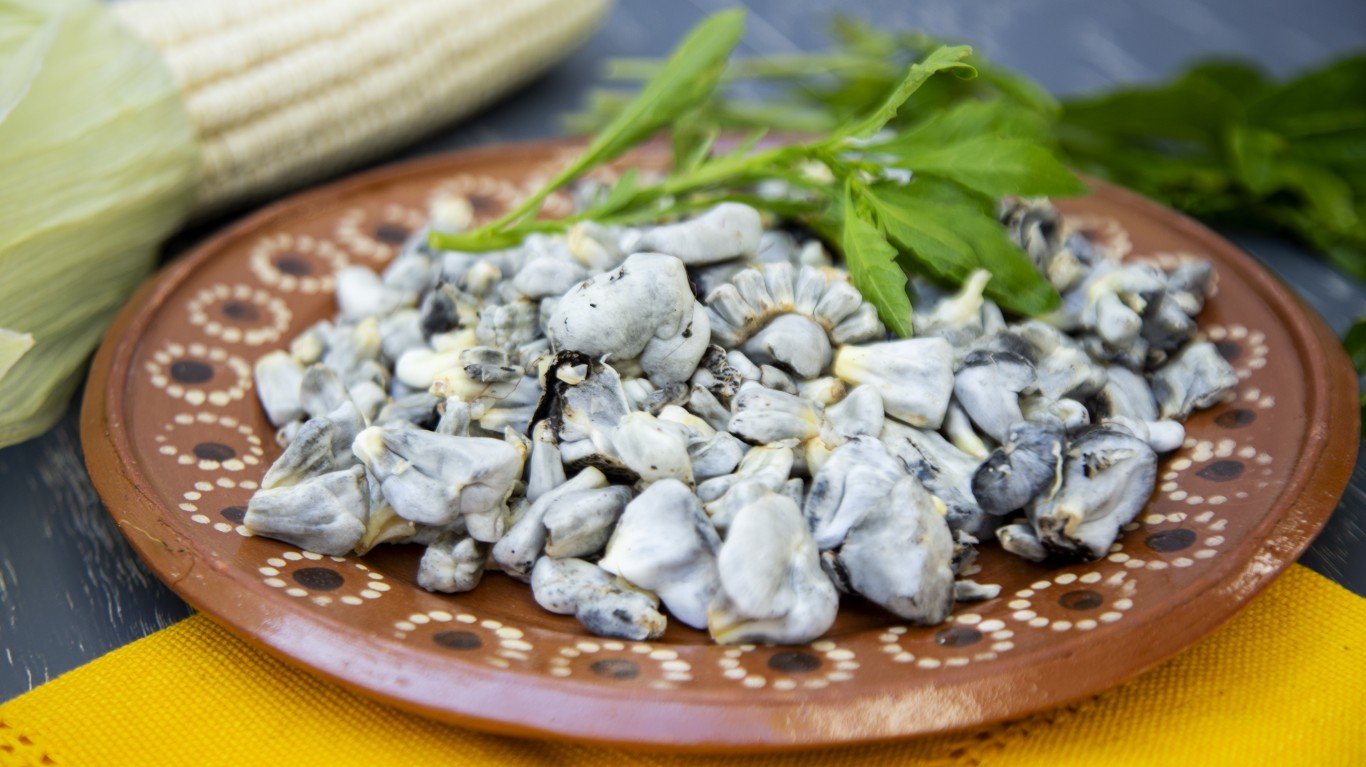
Huitlacoche
A delicacy in Mexico, this fungus is also called corn smut or Mexican truffle. It infects corn kernels, causing them to grow absurdly large and gray, and tinting them with blue-black spores. Sautéed and served in a taco, huitlacoche has a savory, earthy, mushroom flavor along with a spongy, mushroom-like texture and a subtle corny sweetness.
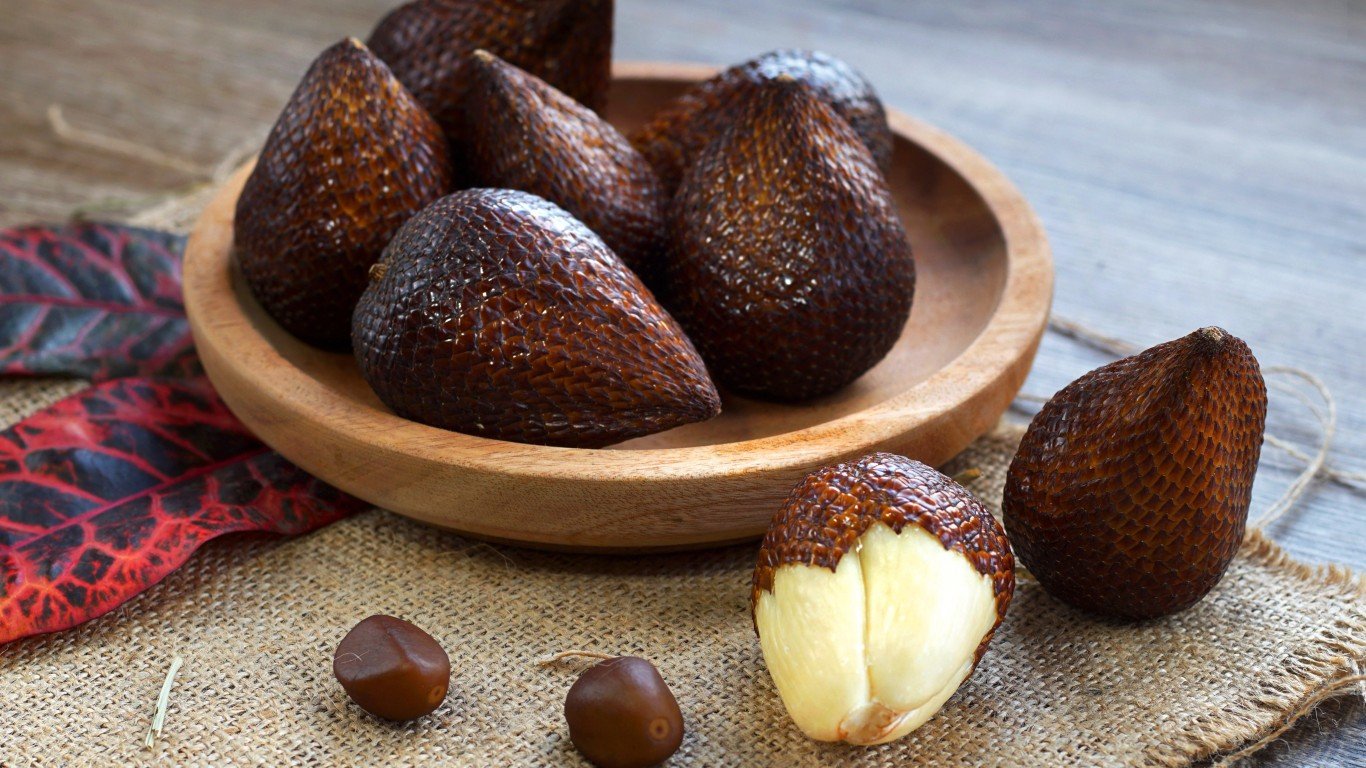
Salak
Also called snake fruit, salak is the fruit of a palm tree native to Indonesia. The scaly, reddish-brown fruits grow in clusters around the base of the tree, and their flesh looks similar to garlic cloves but tastes sweet and sour with an astringent bite and an apple-like texture.
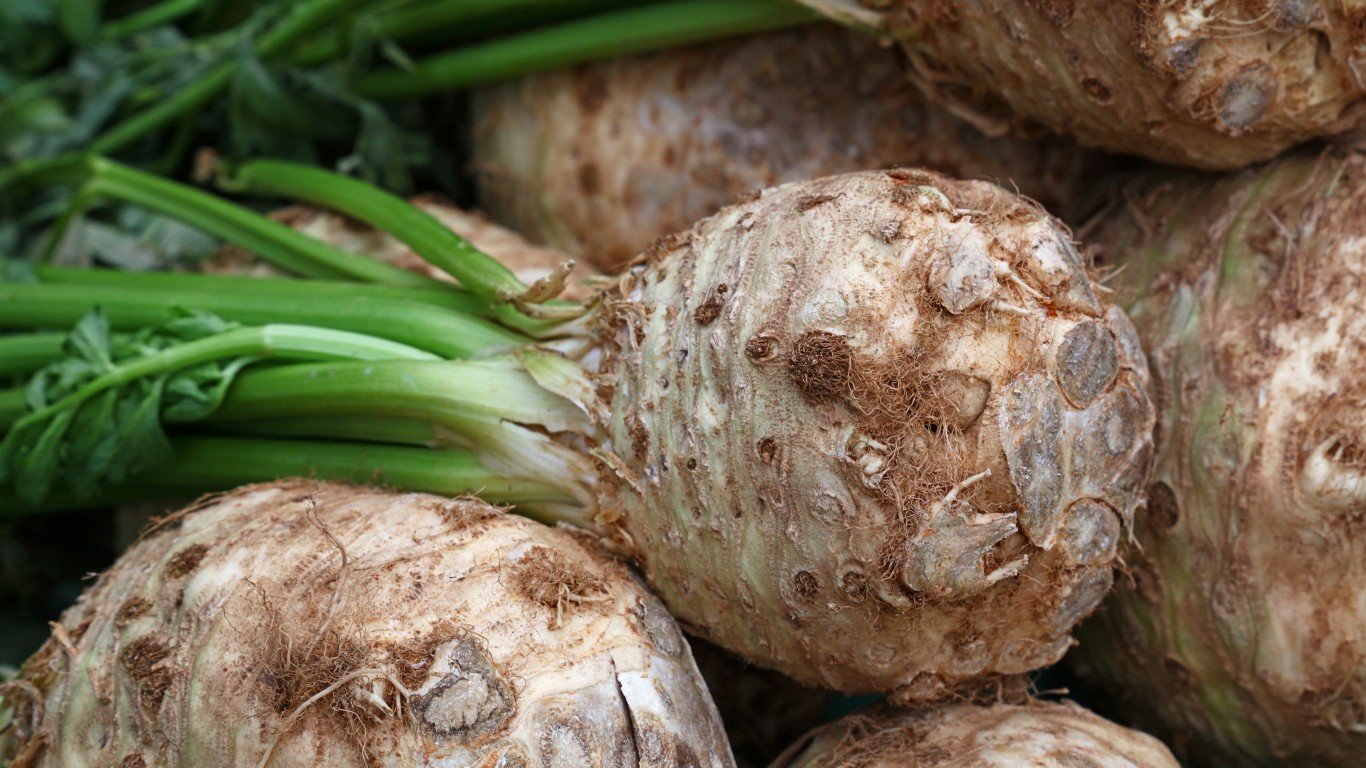
Celeriac
Native to the Mediterranean, this knobby, gnarly vegetable, also called celery root, is a variety of celery selected for its large, starchy, root-like stem or hypocotyl. Once peeled, celeriac is comparable to a potato or turnip but with a strong aromatic flavor that makes for an elevated soup, purée, or gratin.

Shirako
Shirako, which literally translates to “white children,” is a Japanese delicacy that consists of the sperm sacs of cod, angler, or puffer fish. The white blobs look a bit like brains, but taste delicately sweet and fishy, with a rich, custard-like texture. Shirako is served in a variety of ways, including raw, tempura-fried, grilled, and in soups.

Black sapote
A species of persimmon, black sapote – unrelated to mamey sapote or white sapote – is popular in Mexico and Central America. When ripe, the fruit is deep brown in color, with a taste and texture reminiscent of chocolate pudding. The unripe fruit, as with other persimmon varieties, is astringent and should be avoided.
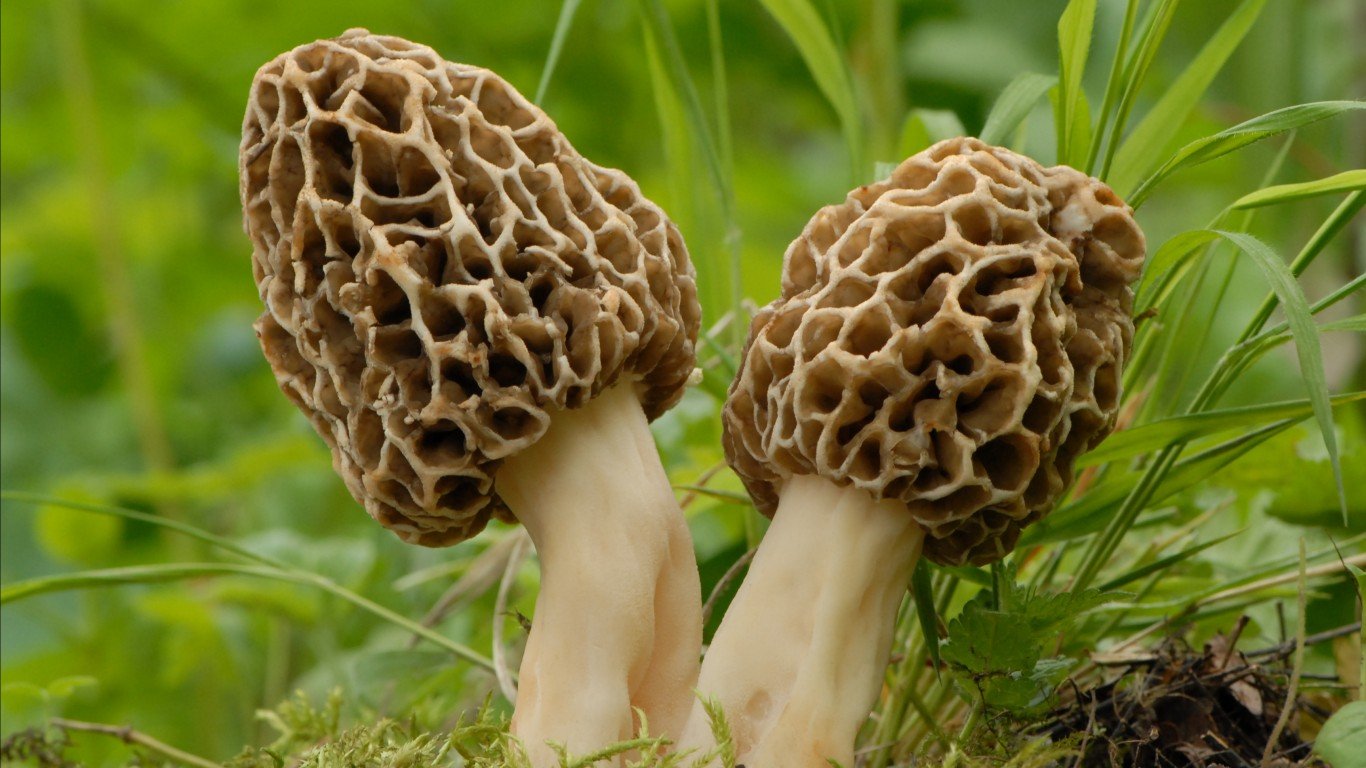
Morels
These extremely sought-after mushrooms have a strange brain-like or honeycomb appearance, and an intensely savory, meaty flavor. As they cannot be cultivated and grow only during a short season in certain areas of the Northern Hemisphere, morels are a rare and expensive seasonal delicacy.
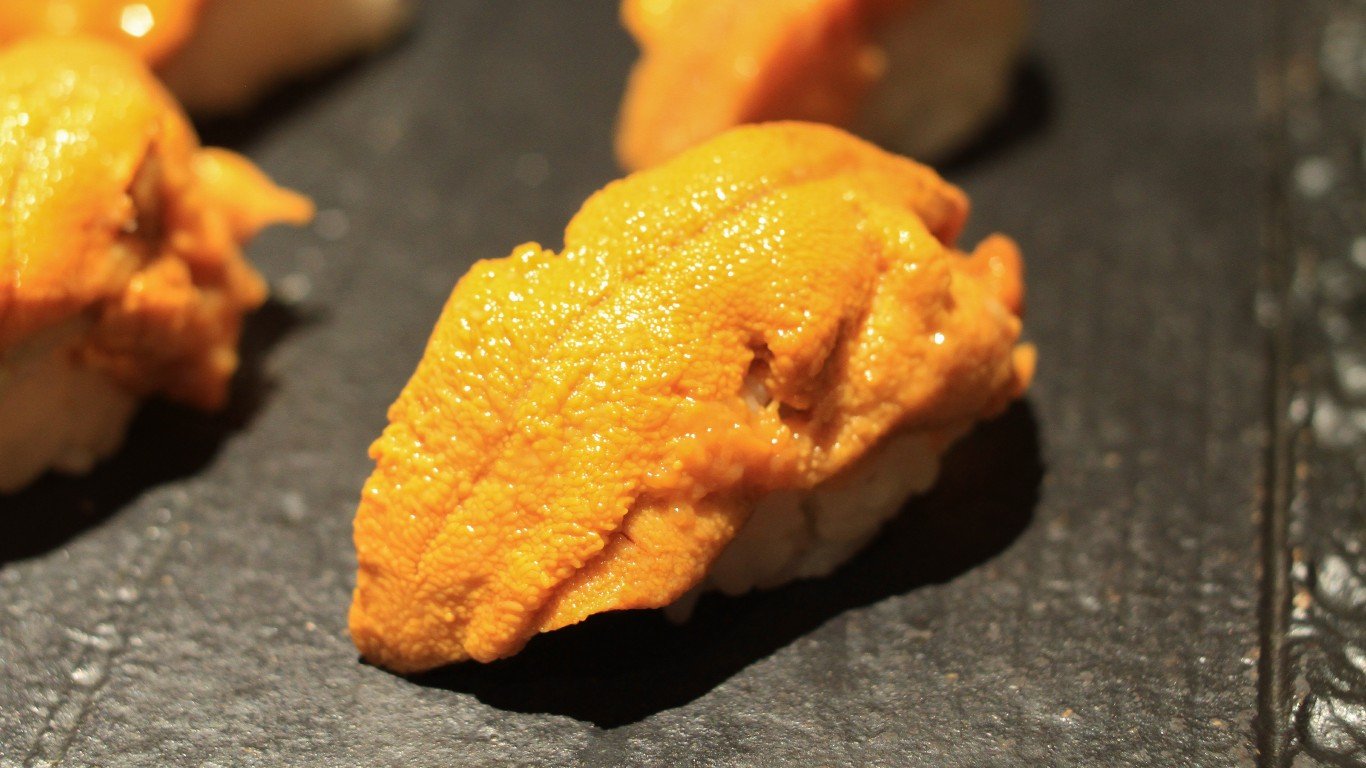
Uni
Popular in Japanese cuisine – and increasingly in Western cooking, for instance with pasta – the yellow-to-orange delicacy known as uni is actually the gonads from an edible variety of sea urchin. It has a deep, briney, umami flavor with a slight sweetness and a rich, custardy texture.
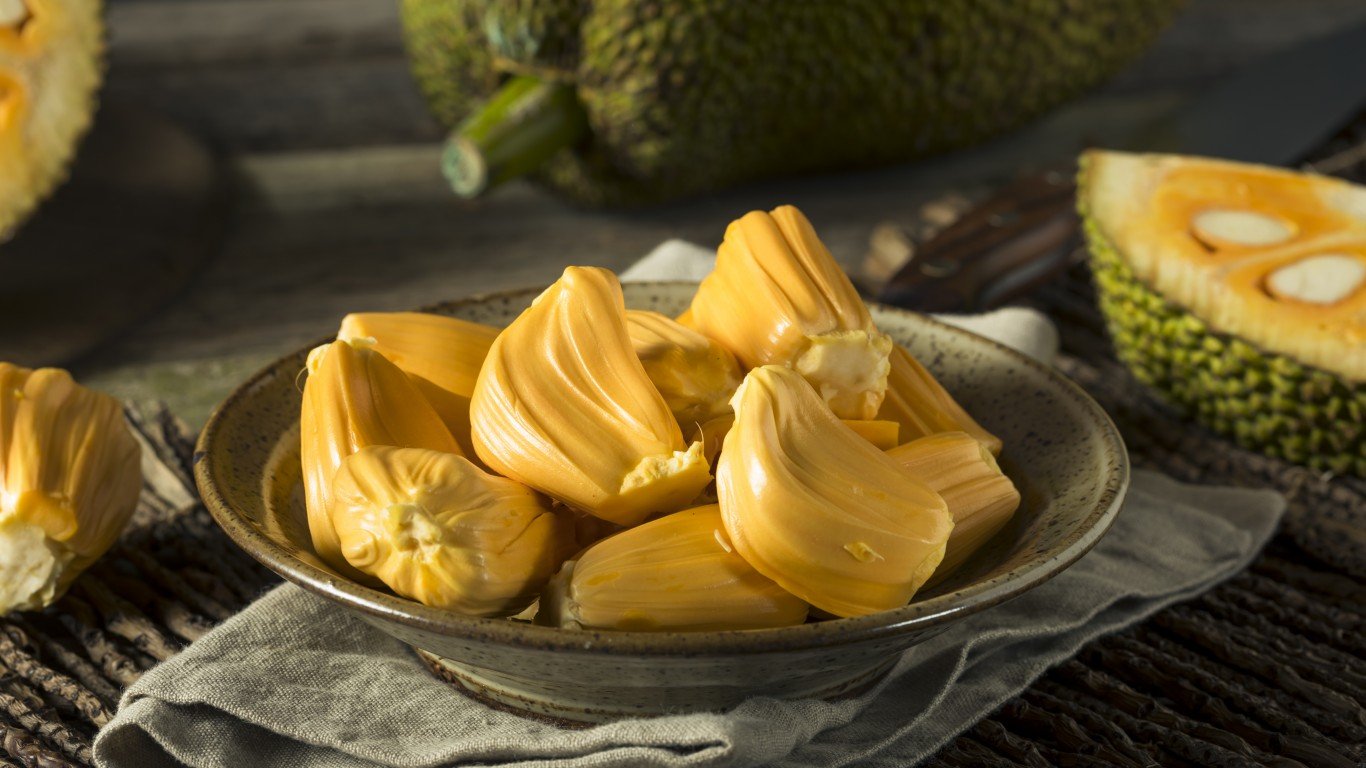
Jackfruit
Common in South and Southeast Asia, these huge, spiky fruits can grow to be two feet long. While they may look similar to the notoriously smelly durian fruit, they are actually more closely related to figs and mulberries. When ripe, their flesh is sweet and slightly acidic, with a tropical aroma. Unripe jackfruit has become popular as a vegan alternative to pulled pork, due to its unique stringy texture.

Kohlrabi
A cultivar of wild cabbage, kohlrabi originated in Europe and has been eaten in Italy since the 16th century. The delightfully crisp vegetable looks similar to a turnip, but is actually a bulbous stem with a sweet taste and texture similar to those of a broccoli stem. Although it is sometimes eaten cooked, kohlrabi is best peeled and served raw in salads or lightly dressed as an appetizer.
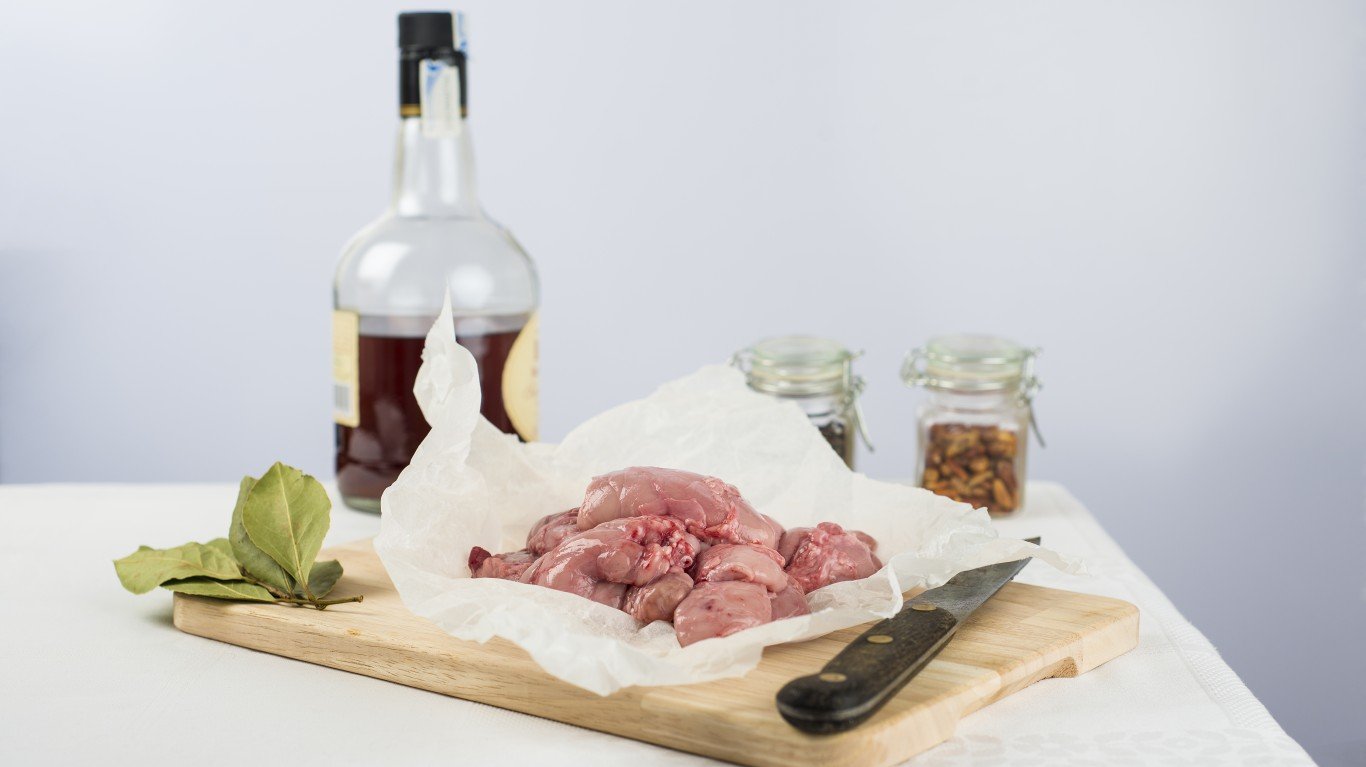
Sweetbreads
Despite their deceiving name, sweetbreads are actually organ meats, and are rather savory. Most often the thymus or pancreas of a calf or lamb, sweetbreads have a rich, velvety, and sometimes juicy texture with only a slight hint of glandular flavor. Best fried to a crispy exterior, they are popular in French cuisine.
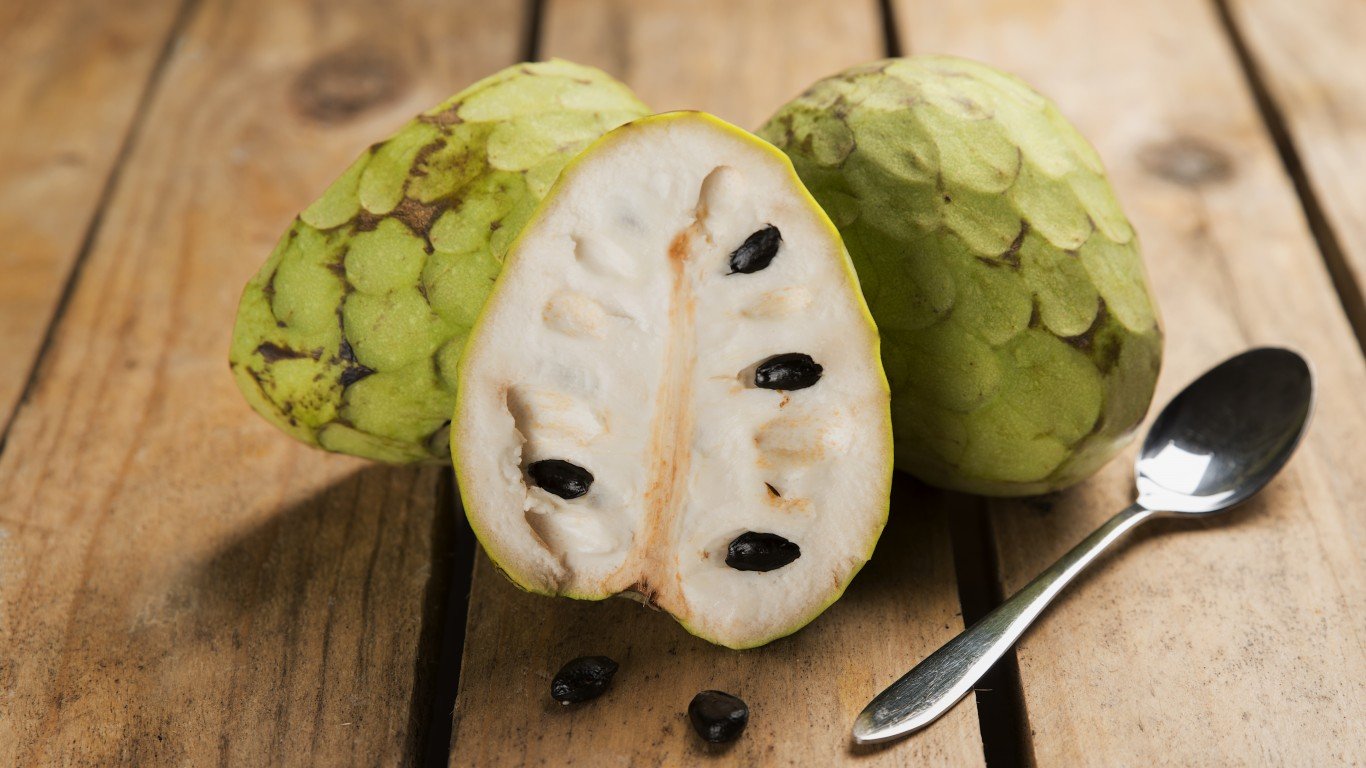
Cherimoya
Native to the Andes and popular in Latin America, the cherimoya or custard apple has a firm, flan-like texture and a distinctive tropical flavor with hints of pineapple, banana, kiwi, and strawberry. Mark Twain called the cherimoya “the most delicious fruit known to men.”

Truffles
With roots in North Africa and Europe, these subterranean tuber fungi were enjoyed in ancient Mesopotamia, Egypt, and Rome. Although they may not appear appetizing, their pungent, musky flavor is highly prized in French and Italian cuisine. The black variety is somewhat less aromatic, while white truffles have a very strong smell, sometimes compared to that of sweaty gym socks.
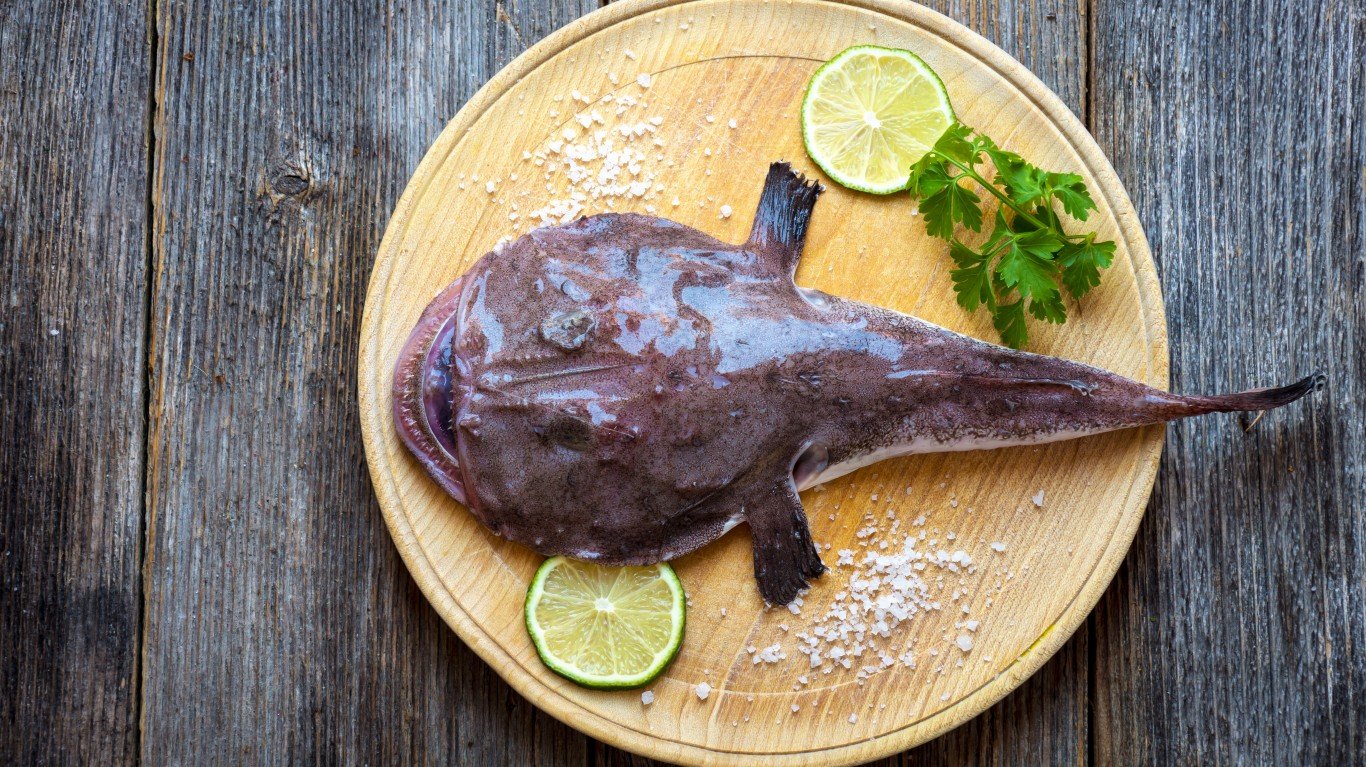
Monkfish
This terrifying fish with sharp teeth and a massive, spikey head is found in the cold waters of the North Atlantic as well as in the Mediterranean and the Asian Pacific. Despite its devilish outward appearance, monkfish has a sweet flavor and a tender, fluffy texture reminiscent of lobster – lending to the nickname “poor man’s lobster.”
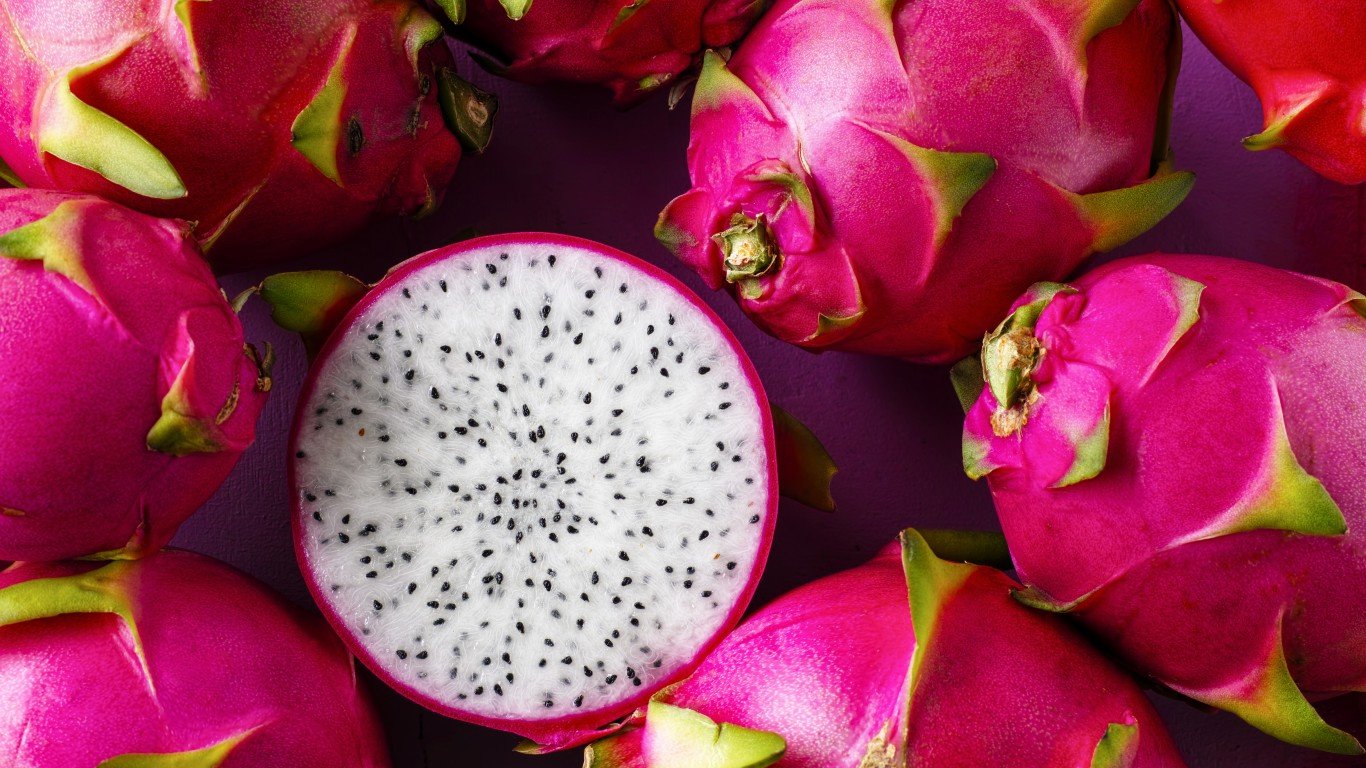
Pitaya
Also known as dragon fruit or strawberry pear, this cactus fruit is native to Central America and cultivated throughout many tropical and subtropical regions of the world. Its bright fuschia skin with green scale-like appendages gives way to a refreshing pulp with crunchy edible seeds and a mild flavor that is reminiscent of an Asian pear.
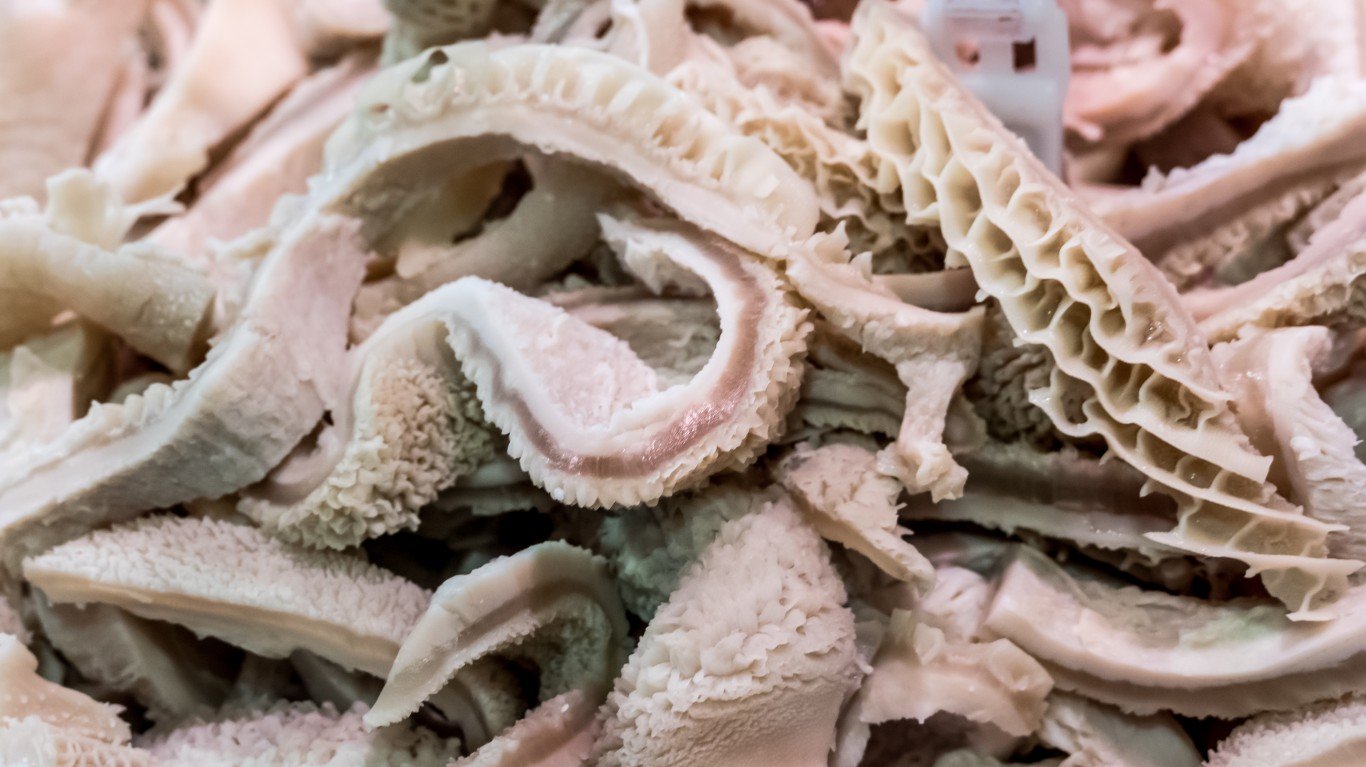
Tripe
Enjoyed worldwide in countless cultural cuisines, this spongy, honeycomb-textured offal comes from the stomach lining of a cow (or less often, a sheep, goat, or even pig). Served in stews, sausages, or drenched in flavorful sauce, tripe has a dense, chewy texture a bit like calamari and is beloved in many Italian, Mexican, Vietnamese, Chinese, and French dishes, to name a few.
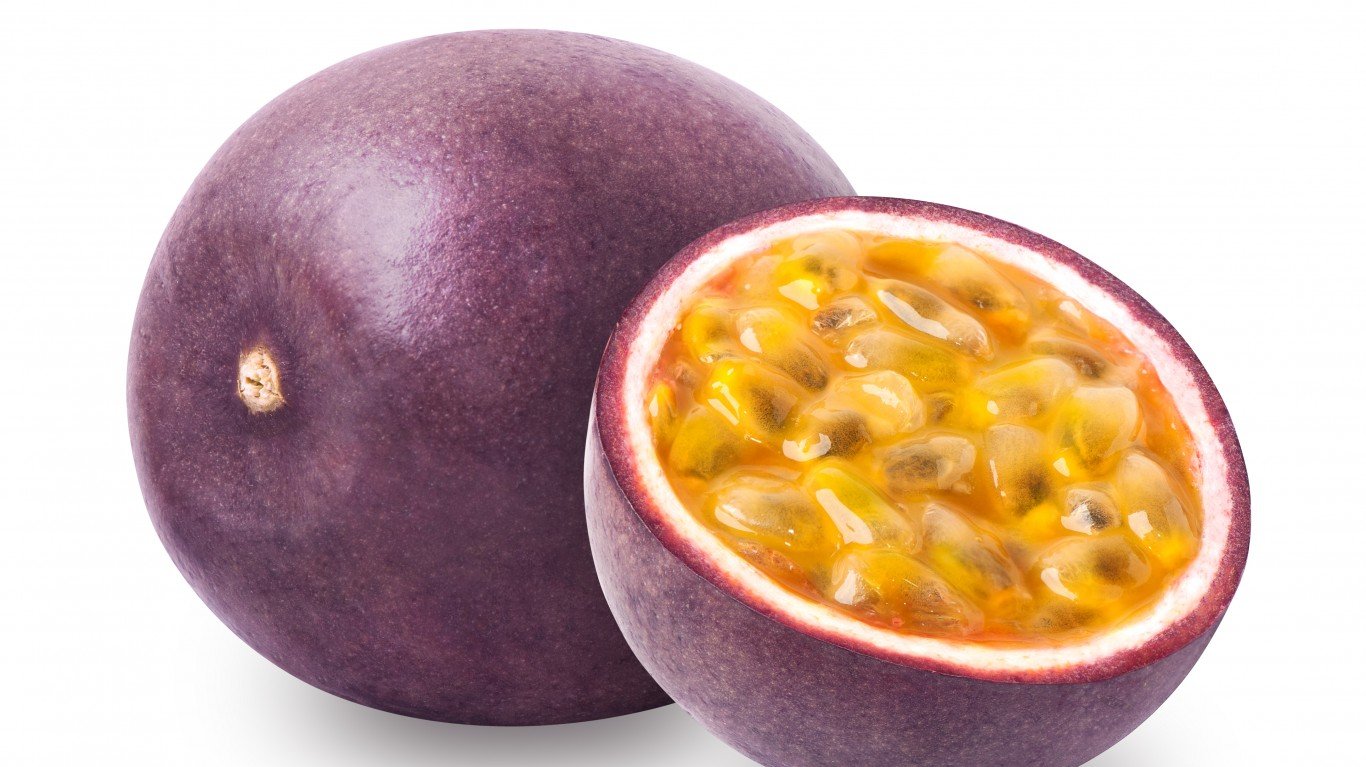
Passion fruit
Known as lilikoi in Hawaii and maracuya in Latin America, passion fruit is beloved for its concentrated tropical flavor and fragrance. Although its flesh is much too sour to enjoy straight out of the shell, passion fruit makes a welcome addition to sauces, desserts, salsas, ice creams, preserves, and more.
Stargazy pie
A Cornish savory pie supposedly dating back to the 16th century, stargazy pie is said to have been invented by a fisherman named Tom Bowcock who braved harsh winter storms and made a massive fish pie to save his town from starvation. Full of custard, potatoes, and hard boiled eggs, and topped with sardines pointed skyward, this flaky marvel is tasty enough to be enjoyed even by those who are far from starvation.
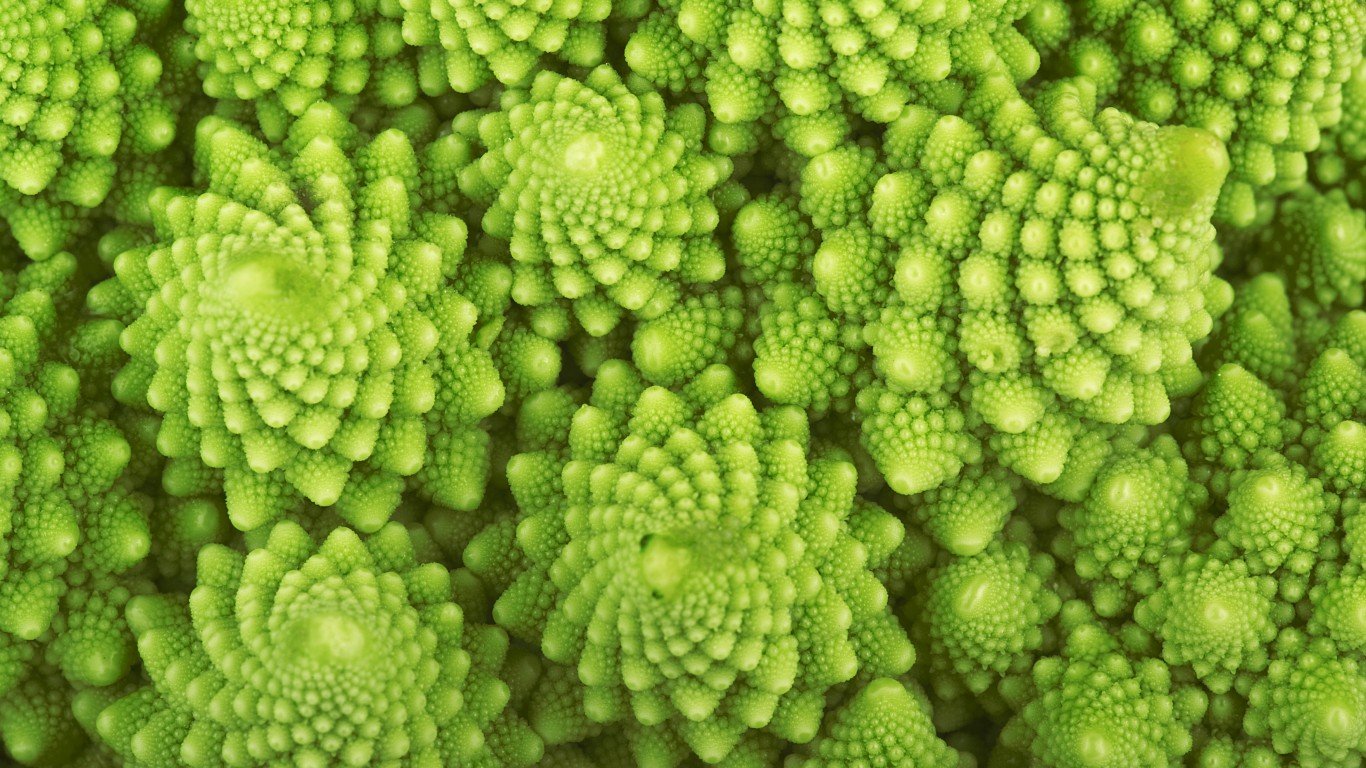
Romanesco broccoli
This fractal-studded vegetable, which first appeared in 16th-century Italy, is a cultivar of Brassica oleracea, a species that also includes broccoli, cauliflower, kale, cabbage, and Brussels sprouts. While it may appear too beautiful to eat, its firm texture and nutty flavor make it adaptable to any recipe where broccoli or cauliflower would be used.
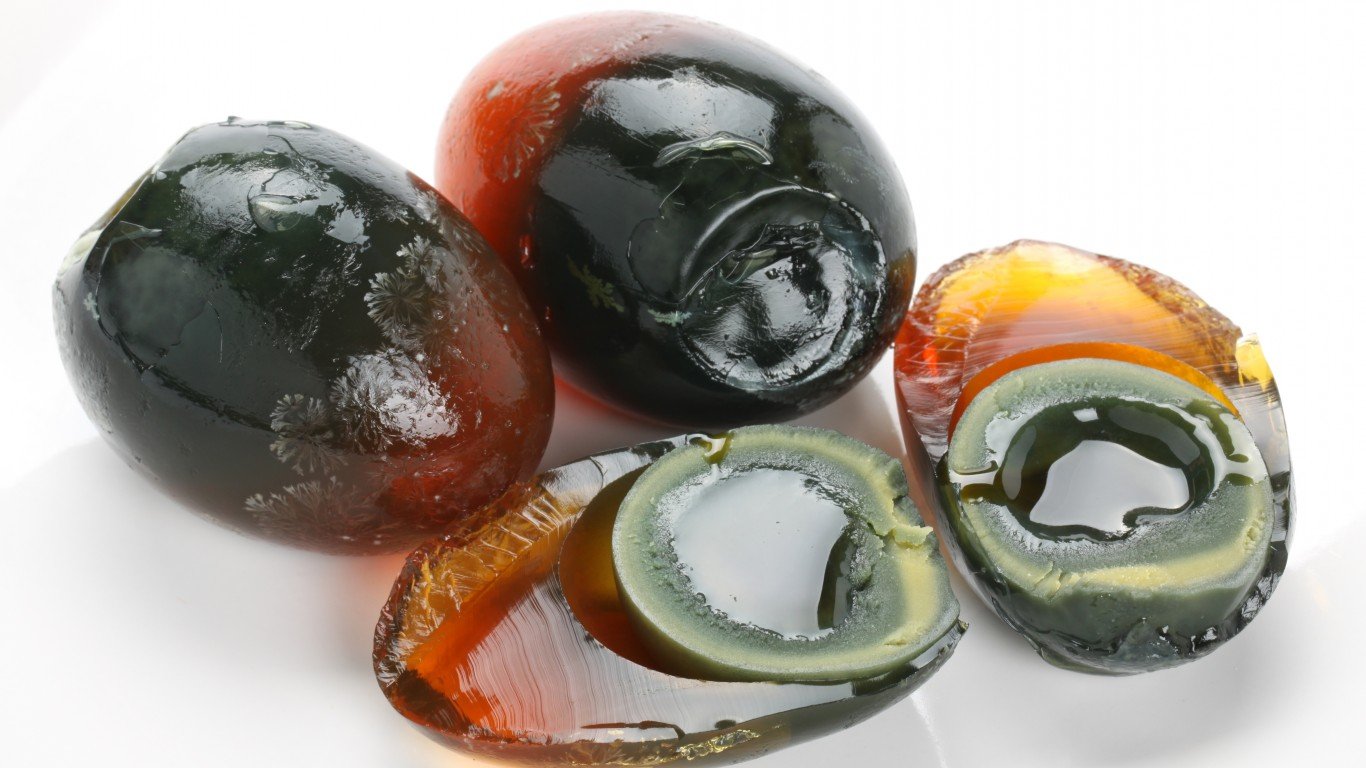
Century egg
Also known as hundred year eggs or pidan, these Chinese snacks are made by covering boiled eggs in clay, ash, and salt, then aging them until they’re blackened and sulfurous. While the slight ammonia smell may be slightly off-putting, the earthy, salty flavor and creamy texture make century eggs popular appetizers across China.
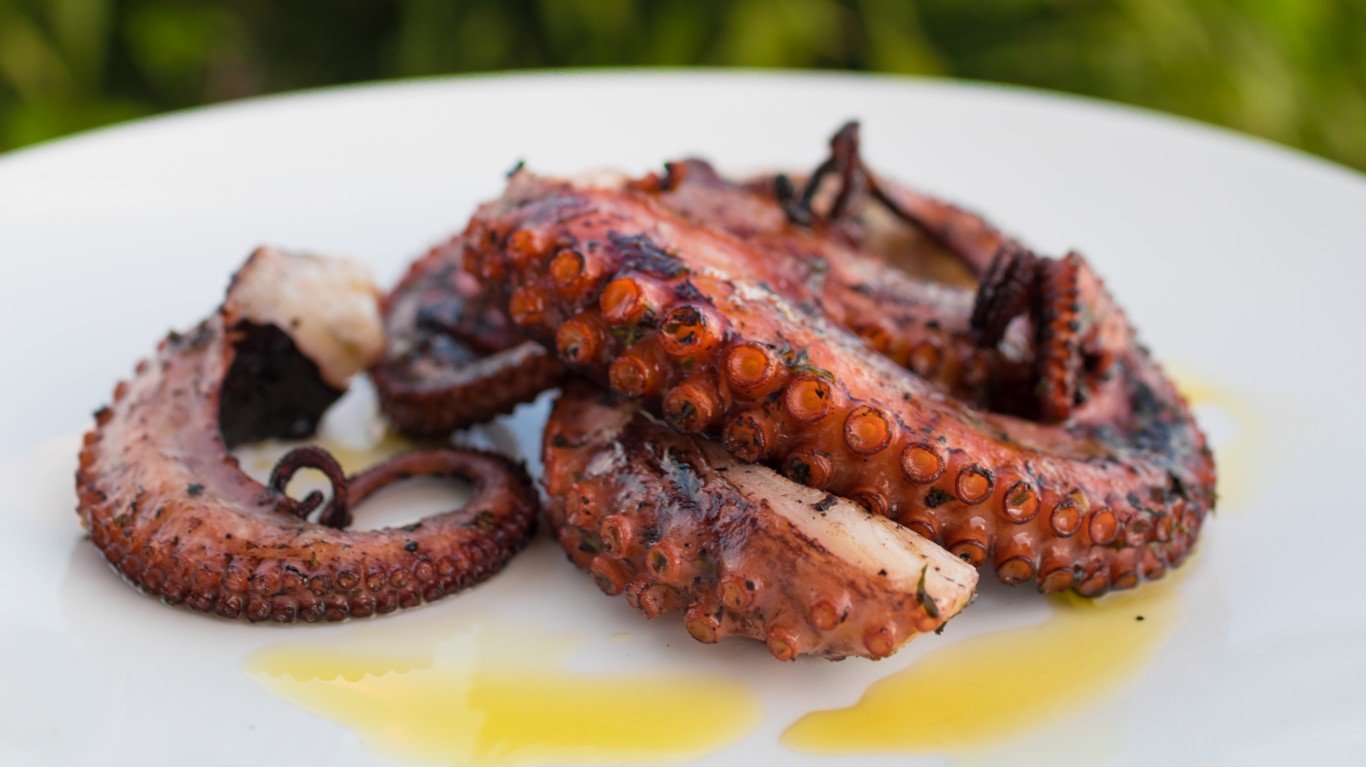
Octopus
Traditionally enjoyed throughout the Mediterranean, as well as in Japan and Korea, these bizarre, eight-armed mollusks have a similar taste and texture that may evoke lobster when properly tenderized and cooked.
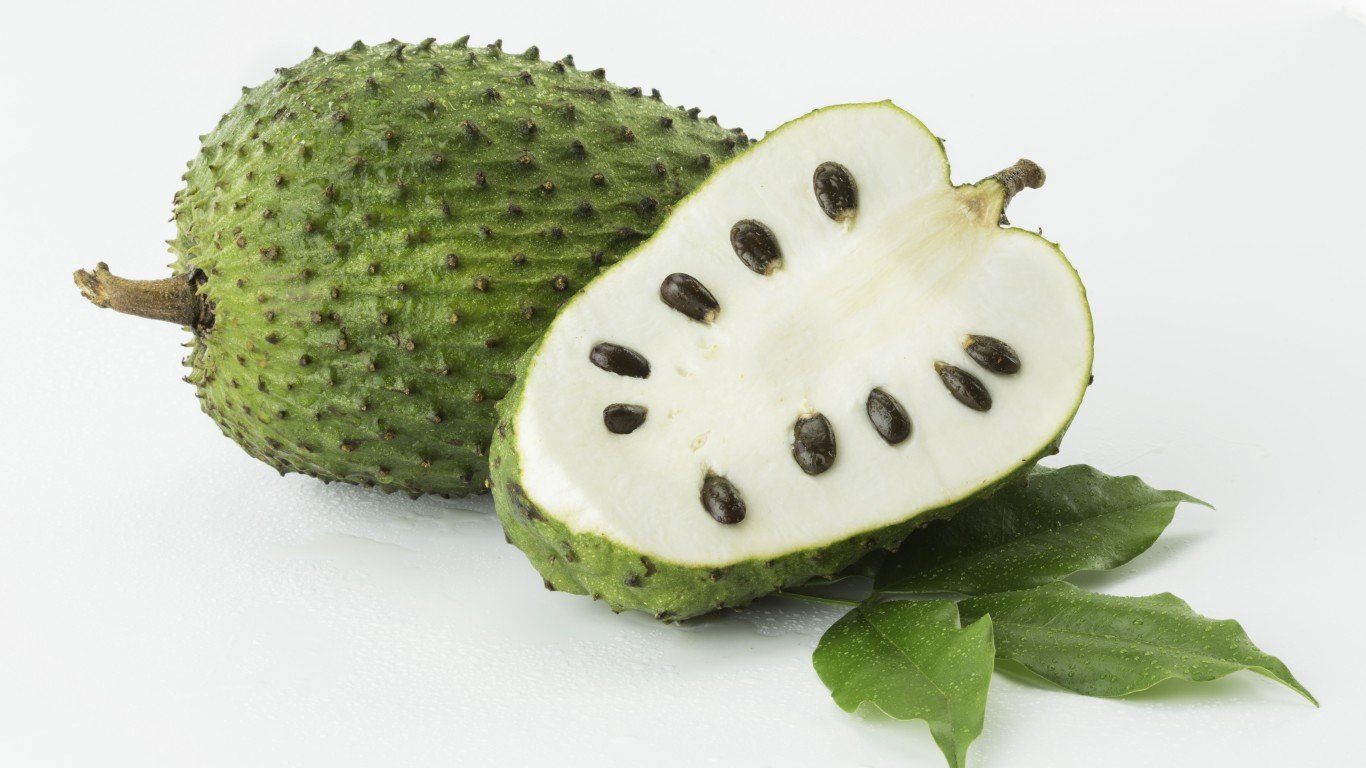
Soursop
Also known as guanabana, this tropical fruit isn’t normally eaten on its own because of its stringy pulp; however its aromatic, tropical flavor makes soursop a popular addition to blended drinks, sorbets, and candies throughout Latin America, the Caribbean, and Southeast Asia.
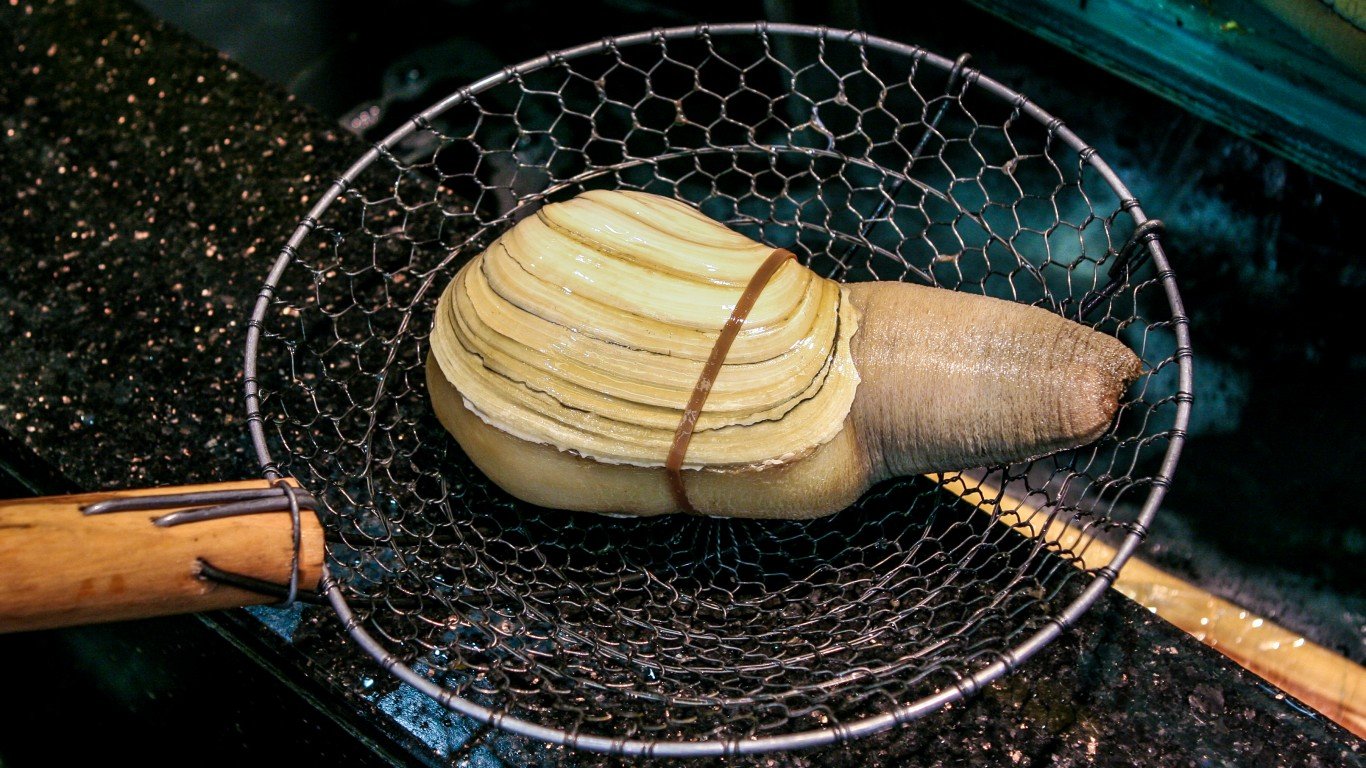
Geoduck
Native to the Pacific Northwest, these mollusks – the name is pronounced “gooey-duck” – are the largest burrowing saltwater clams in the world. While the meat inside their shell is sweet and soft, the meat in their long siphon is savory and crunchy. Geoduck is popular in Japanese, Korean, and Chinese cuisine, as well as in the Pacific Northwest, where it is eaten in a variety of raw and cooked preparations.

